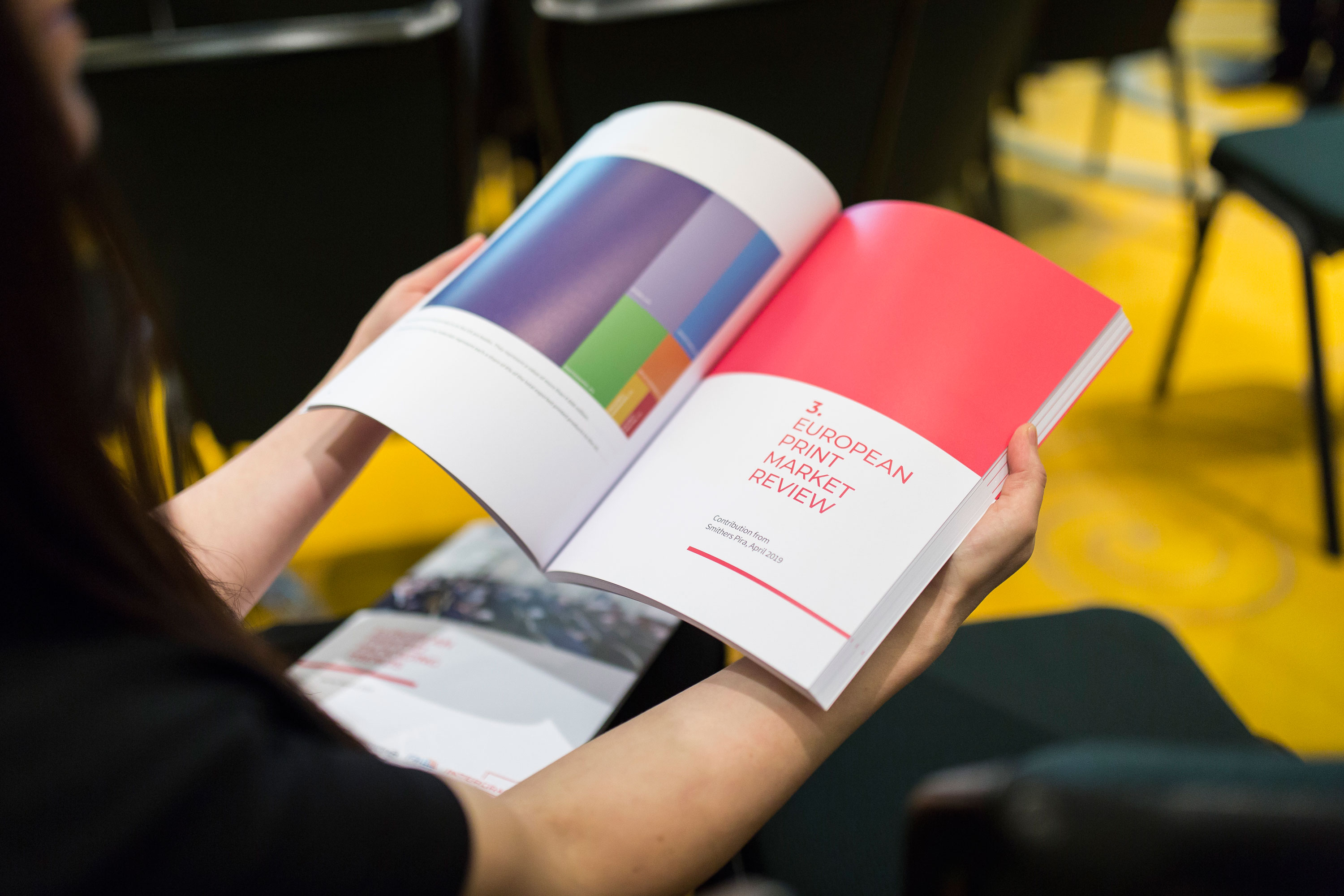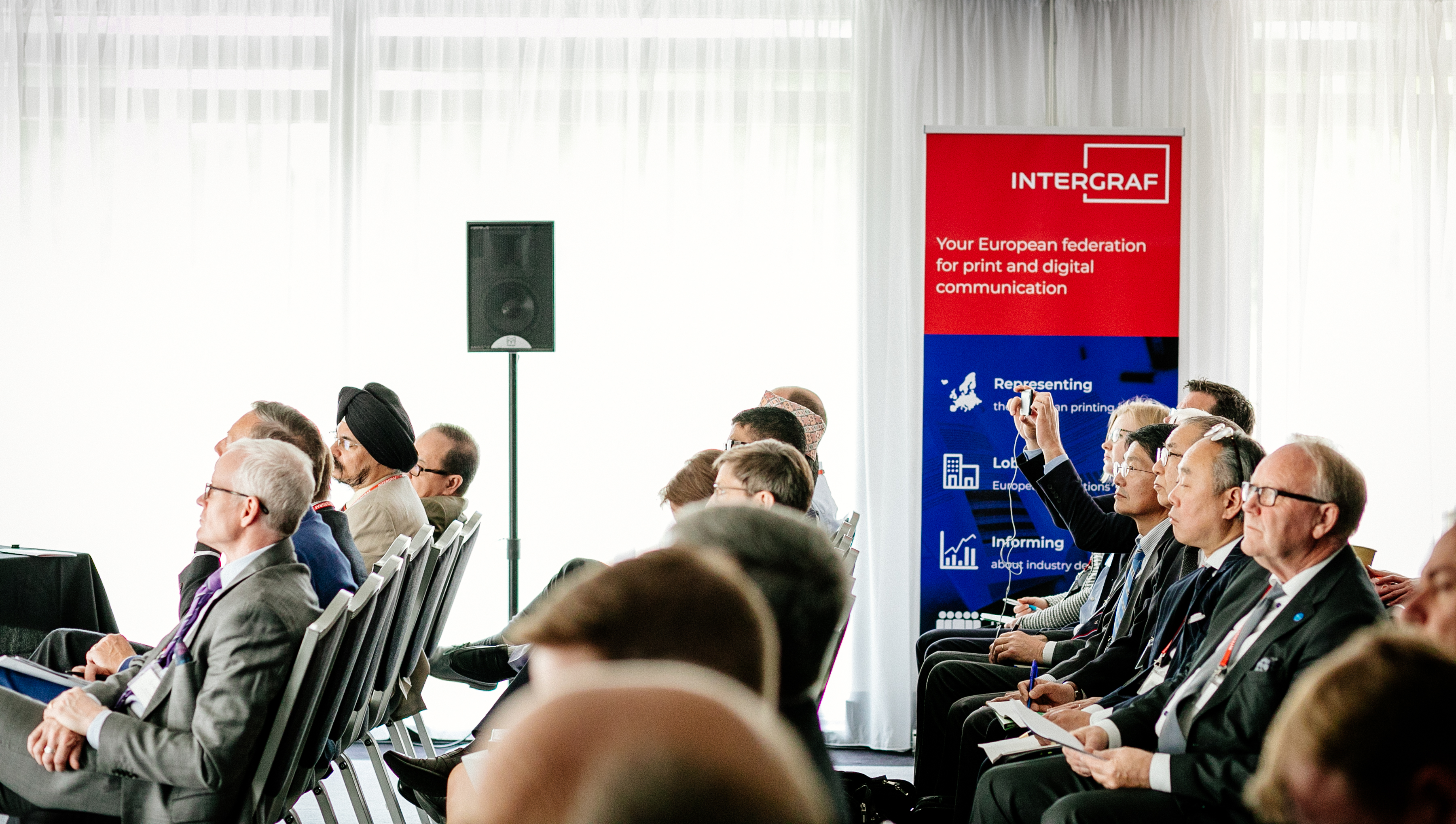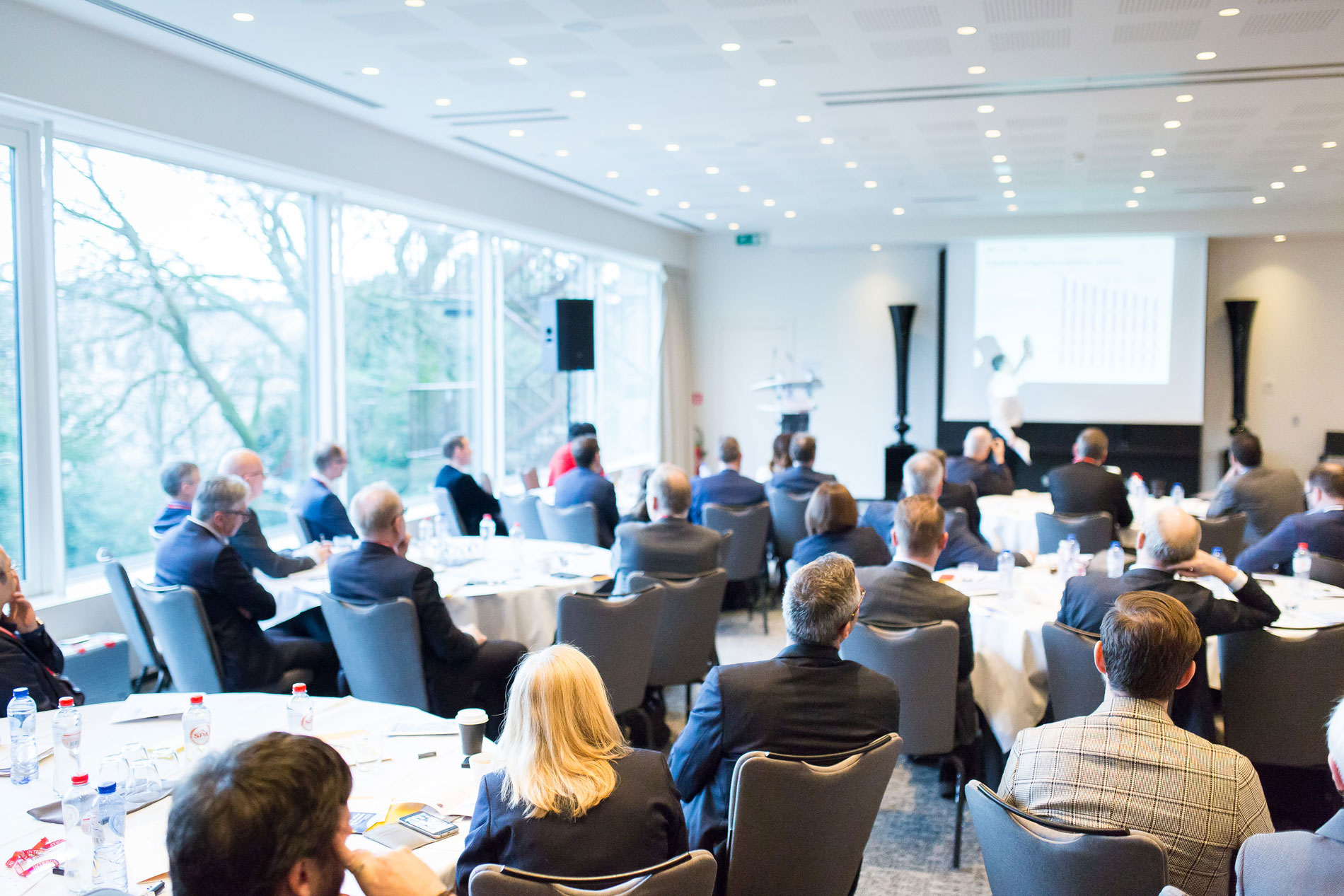Fake news and online disinformation on EU agenda
3 May 2018
Fake news and online disinformation on EU agenda
Print remains a trusted method of news delivery in Europe, according to the latest Eurobarometer. But “fake news” continues to impact the industry, with distrust in media becoming more widespread.
“The majority of respondents totally trust or tend to trust news and information they receive through radio (70%), television (66%) and printed media (63%). However, less than half (47%) trust online newspapers and magazines, and lower proportions trust video hosting websites and podcasts (27%) and online social networks and messaging apps (26%).”
Eurobarometer
In this new hyper-connected age, fake news and online disinformation is becoming more-and-more prevalent, creating various social and political problems. Not least, by seriously affecting the functioning of our democracies by intentionally misleading citizens. This, in turn, is affecting public trust in news sources.
In order to address this growing issue, in June 2017, the European Parliament called on the European Commission to provide analysis on the current situation and legal framework with regard to “fake news”. With a view to providing legislation on the matter in the future, a public consultation was launched by the Commission, as well as the creation of a High-Level Expert Group (HLEG).
The HLEG was made up of academics, journalists, written press and broadcasting organisations and online platforms, as well as civil society and fact-checking organisations. Due to the threats posed by “fake news”, the group suggests that disinformation problems can be handled most effectively “only if all major stakeholders collaborate”. Continuous research, increased transparency and access to relevant data is also important because “disinformation is a multifaceted and evolving problem that does not have one single root cause. It does not have, therefore, one single solution.” Solutions must also avoid being too simplistic or using any form of censorship.
The HLEG recommends to provide “short-term responses to the most pressing problems, longer-term responses to increases societal resilience to disinformation and a framework for ensuring that the effectiveness of these responses is continuously evaluated, while new evidence-based responses are developed.”
“Problems of disinformation are deeply intertwined with the development of digital media. They are driven by actors [...] and by manipulative uses of communication infrastructures that have been harnessed to produce, circulate and amplify disinformation on a larger scale than previously.”
Final Report of HLEG
A Eurobarometer on Fake News & Online Disinformation was also recently published. Traditional media (radio, TV and printed newspapers) continues to be perceived as the most trustworthy - above online newspapers, video hosting sites and other social media platforms.
Overall, 37% of respondents come across “fake news” daily or every other day, although 70% of these people felt confident in identifying it. Moreover, 85% of respondents perceive “fake news” as a problem in their country, with 83% recognising it as a problem for democracy in general.
The Eurobarometer’s conclusions assert that: “This confirms that the existence of fake news is acknowledged as a genuine, serious issue by the public.” Regarding solutions: “There is no clear concensus on who should act to stop the spread of fake news.” Respondents believe that journalists, press and broadcasting management, national authorities, online social networks and citizens all have a responsibility. This suggests that “co-ordinated efforts are required from a range of different institutions and media actors”, supporting many of the HLEG’s earlier conclusions.
For more information:






